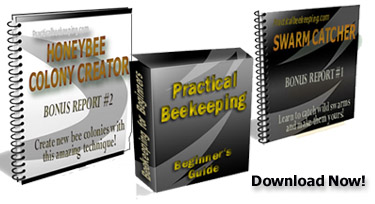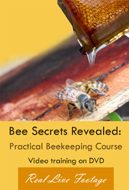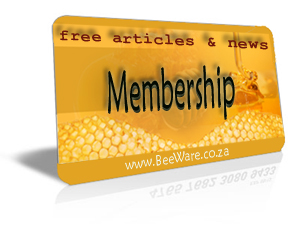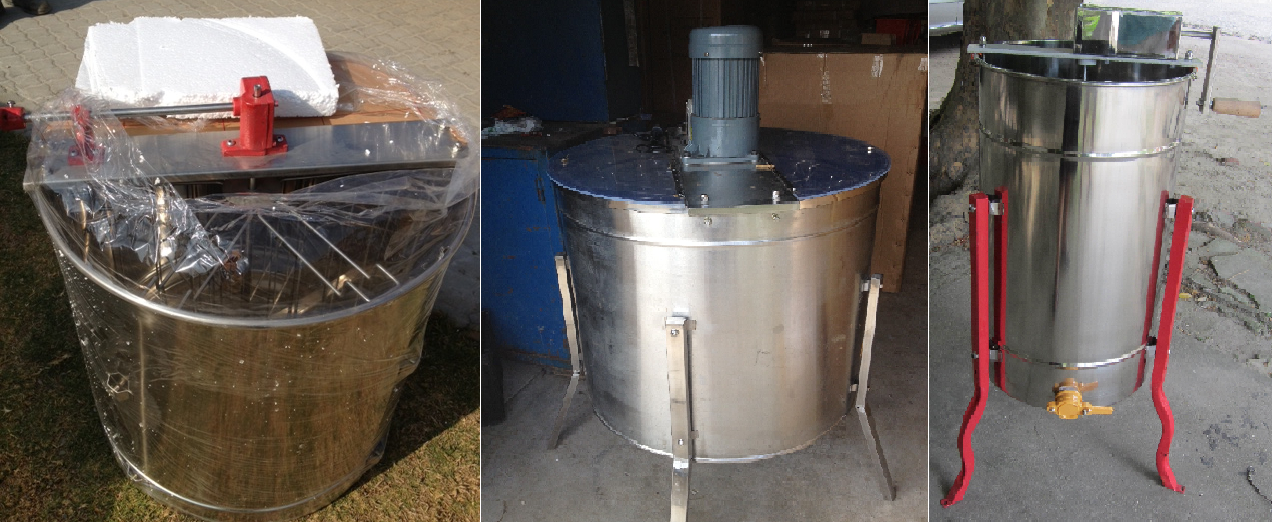Wax Press in Africa
The WAX Press to extract beeswax!
Our view is you should only invest in a wax press if you have more than 10 bee hives which are established! By established, we mean are ready to be honey harvested!
Beekeeping can make you some serious income if you are prepared to put some effort into the project.
A wax press works alot like a honey press. It's a vice operating from top to bottom and it squeezes the beeswax and honeycomb until most of the honey is pushed out into the catchment basin at the bottom and flow out into your container.
Especially useful for beekeepers that do not have electricity and still want to harvest decent volumes of honey at one time. This harvesting method can be used instead of using a honey extractor by cutting out the comb from the honey frame and completely crushing it in the Wax Press.
The wax press makes the harvesting and processing of the comb beeswax much easier for the beekeeper as the wax press compresses the beeswax while also extracting the honey.
Get involved with keeping bees with the most focus directed at purchasing bee hives and trap boxes. The more productive honeybee colonies you have the more raw honey you harvest.
For every productive mature bee hive you have you should harvest an average of 15Kg after a nectar flow. You can chase nectar flows across the provinces and achieve multiple nectar flow harvests.
Nonetheless, at an average wholesale price of R70/kg of raw filtered honey it would take you 20Kg of wholesale units to reach the critical point at which your wax press would be paid for in honey harvesting.
This translates into a minimum of 2 bee hive's entire harvest funding the cost of the wax press. [20kg / 15Kg per box = 1.333]
Beekeeping & Honey Harvesting
We are able to provide a wax press within 3 days of an order at present. However, at times, the lead time may stretch to 7 days.
It is specifically tailored towards the South African beekeeping industry. The bee book covers the local bee families and thus provides an excellent perpsective on management, projection and harvesting.
Check our basic video footage - no audio - of a hive inspection at one of apiaries in Mpumalanga province early February!
Client feedback
"As you sent the 6-frame extractor by courier we got it 3 days later & I used it the same day to extract our honey in the frames! It worked wonders and thanks so much! It was totally worth the investment!
I test drove the extractor this weekend, brilliant:)
My first robbing already covered more than half the cost of my extractor :)) ~ Russell in KZN
Product Profile - "The wax press "
| Benefits | Honey Extractors | Spinners |
Price |
|---|---|---|
| 1 - Wax Press | Large vice mechnism wax press | R1360 - Courier fee *R200- R350 |
| 1 - Hobbyist | 3-Frame Manual Tangential centrifuge 4-Frame Electric centrifuge
|
R3600 - Courier R5500 + courier |
| 2 - Excellent return on investment | 6-Frame Manual Radial centrifuge |
R7600 - Courier *R600 - R1200 |
| 3 - High level quality s/steel | 8-Frame Electric Radial centrifuge, variable speed, reversible. |
R11750 - Courier *R1200 |
4 - Quick Turnover on Honey during flowering times 5 - Honey harvesting 6 - Better Apiary management 7 - So much more! |
|
|||
| "It's probably the best book ever written on beekeeping and its for South Africa and by a South African!" Hans Blokker of SABIO management. | |||
One of the many useful and extremely vital pieces of bee info provided by the Blue book is that of pollination. As the editor is actually a specialist in plant research, M. J. Johannesmeier has included vast amounts of nectar tables and nectar rankings for all kinds of different plants, trees and shrubs. The best part of the pollination section is the table providing the break down of crops that are farmed in South Africa {and globally} along with detailed information about the land area used under that crop as well as the flowering period and the amount of bee hives recommended per hectare when in pollination. The bee book provides recorded results when bees have been used to pollinate a crop on how affective their use is by measuring increase of crop yield. The bee book goes on to then consider the different trees, shrubs and plants that are bee friendly, the nectar and pollen rating and the region these flora would be prevalent. This is invaluable for any beekeeper as you should record the flora in your area and then create an idea of the strength of the nectar flow and pollen rating of your area around the apiary! The blue book goes on to describe more! You will also get the flowering time of year and a rating of nectar and pollen for each plant. Rated from 1 - 4 with 4 being the strongest flow you can draw a picture of exactly how strong your nectar sources are and therefore how much honey you should expect to harvest from your bees!
|
We Also Recommend this... Beekeeping DVD
Bee Course DVD Practical Beginner Beekeeping training on Video!
The Practical Bee Course DVD includes tips, know how and step-by-step instructions on how to start bee keeping right now! NOW Over 150 Min of LIVE Footage!





